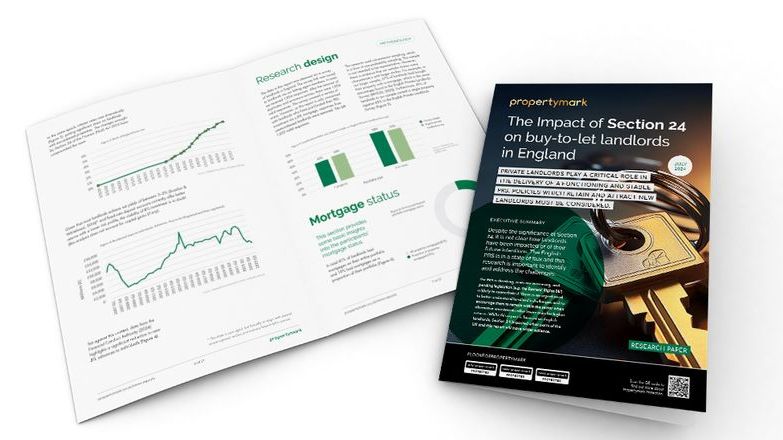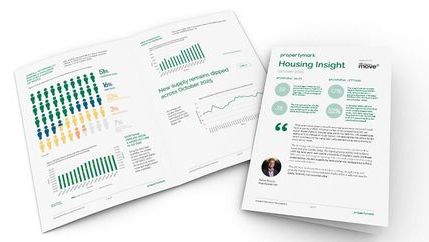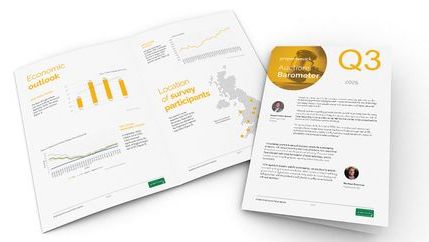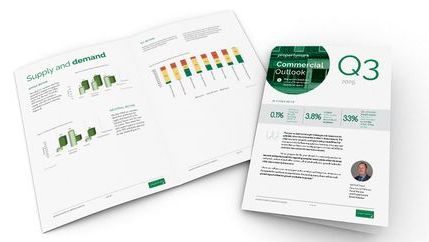
However, the investment environment has become challenging. Inflation increased due to the cost-of-living crisis, causing landlord business costs to spiral. Changes in the legislative and tax burden have also fundamentally altered the risk-return profile.
A series of base rate rises introduced to combat inflation, have led to significant increases in BTL mortgage interest rates. Plus, the phased removal of mortgage interest rate relief under Section 24 of the Finance (No2) Act 2015 (Section 24), resulted in many landlords paying more tax.
Landlord perception of section 24
Landlords overwhelmingly described Section 24 as unfair. Many landlords equated the removal of interest rate relief with being taxed on turnover and not profit.
This is not technically correct, Section 24 allows some relief at the basic rate, additionally, there is a range of non-finance costs that landlords can offset against tax. However, as interest repayments generally make up a sizeable proportion of a landlord’s outgoings, it is not difficult to understand why this view persists.




